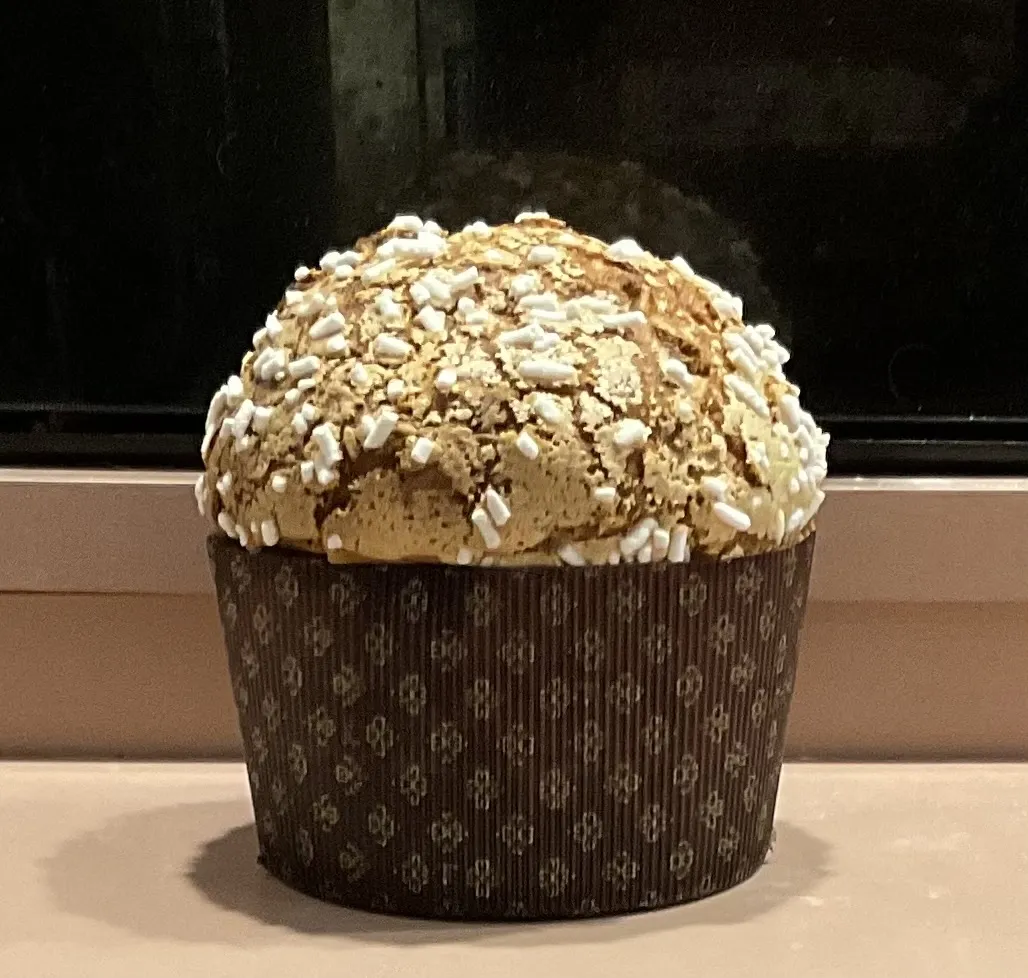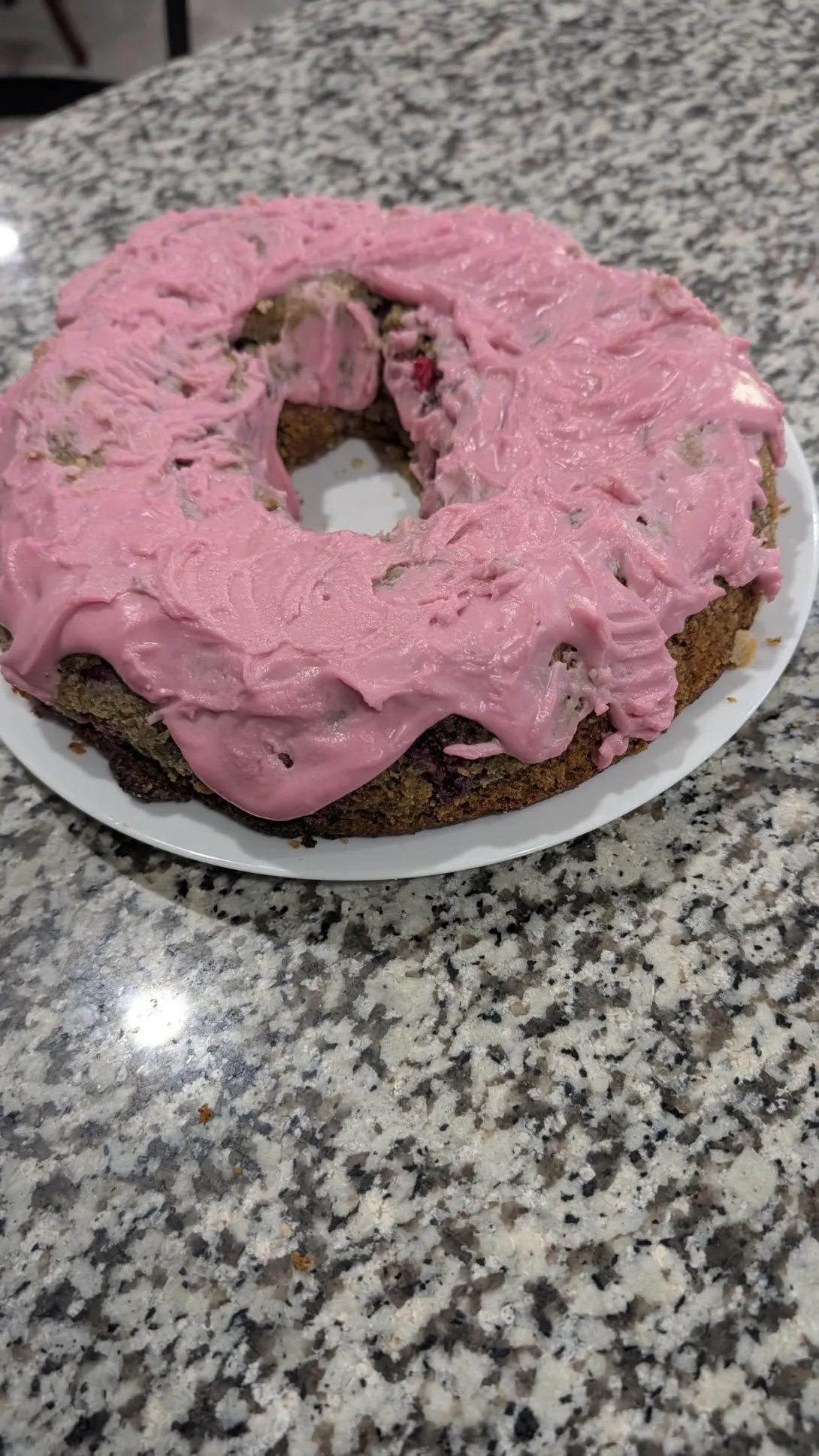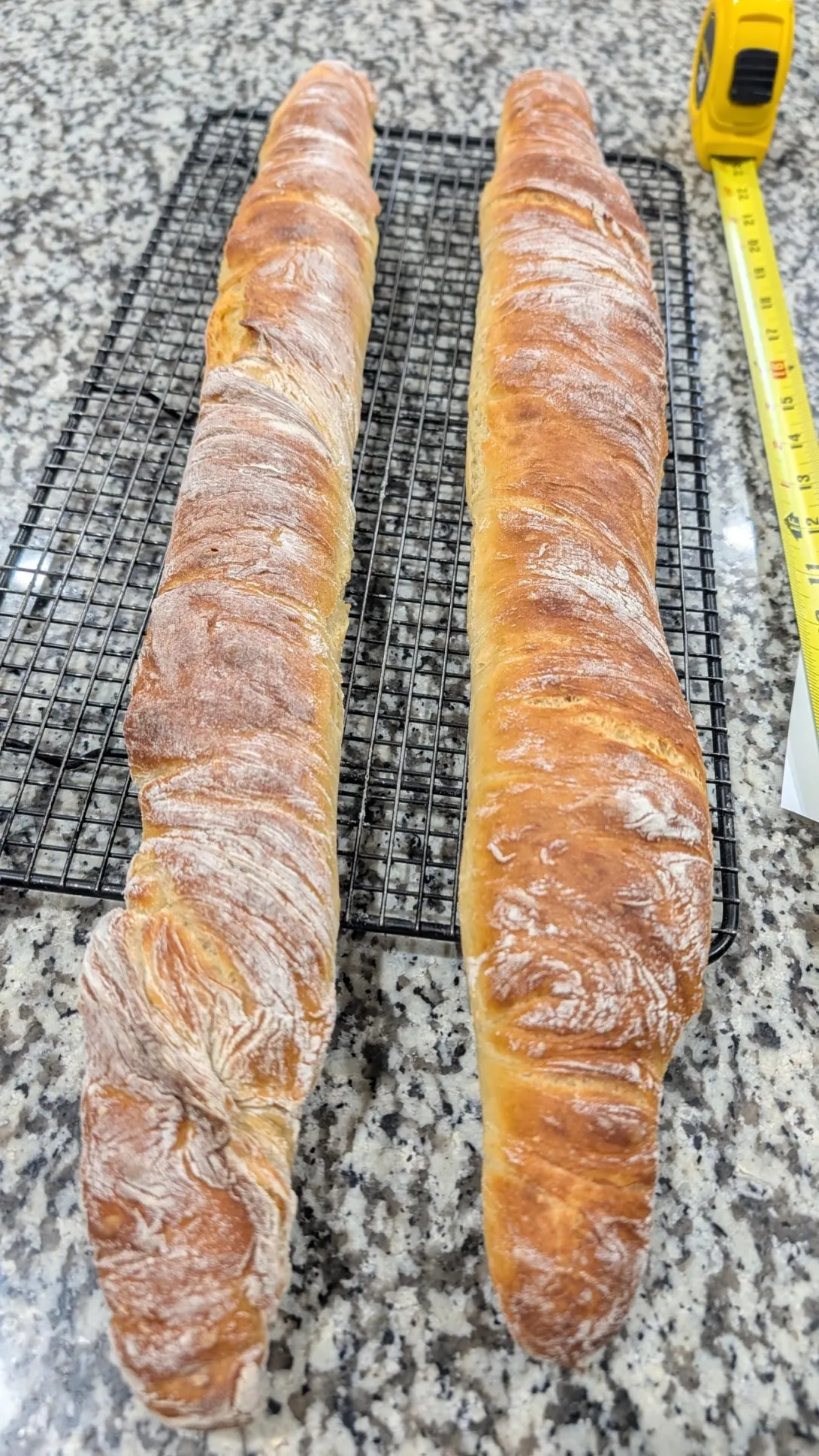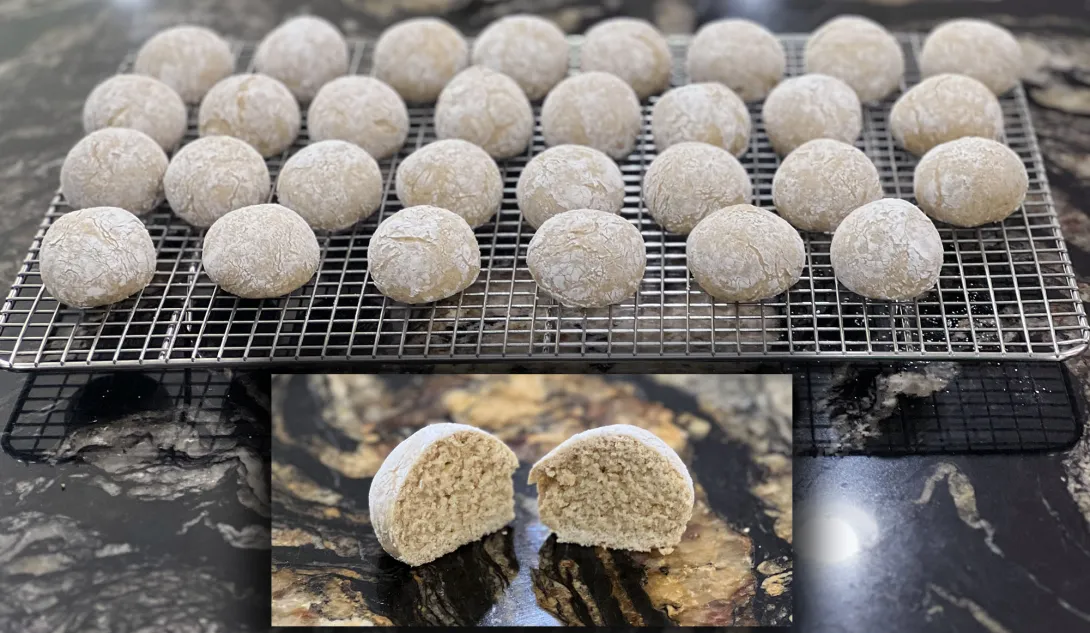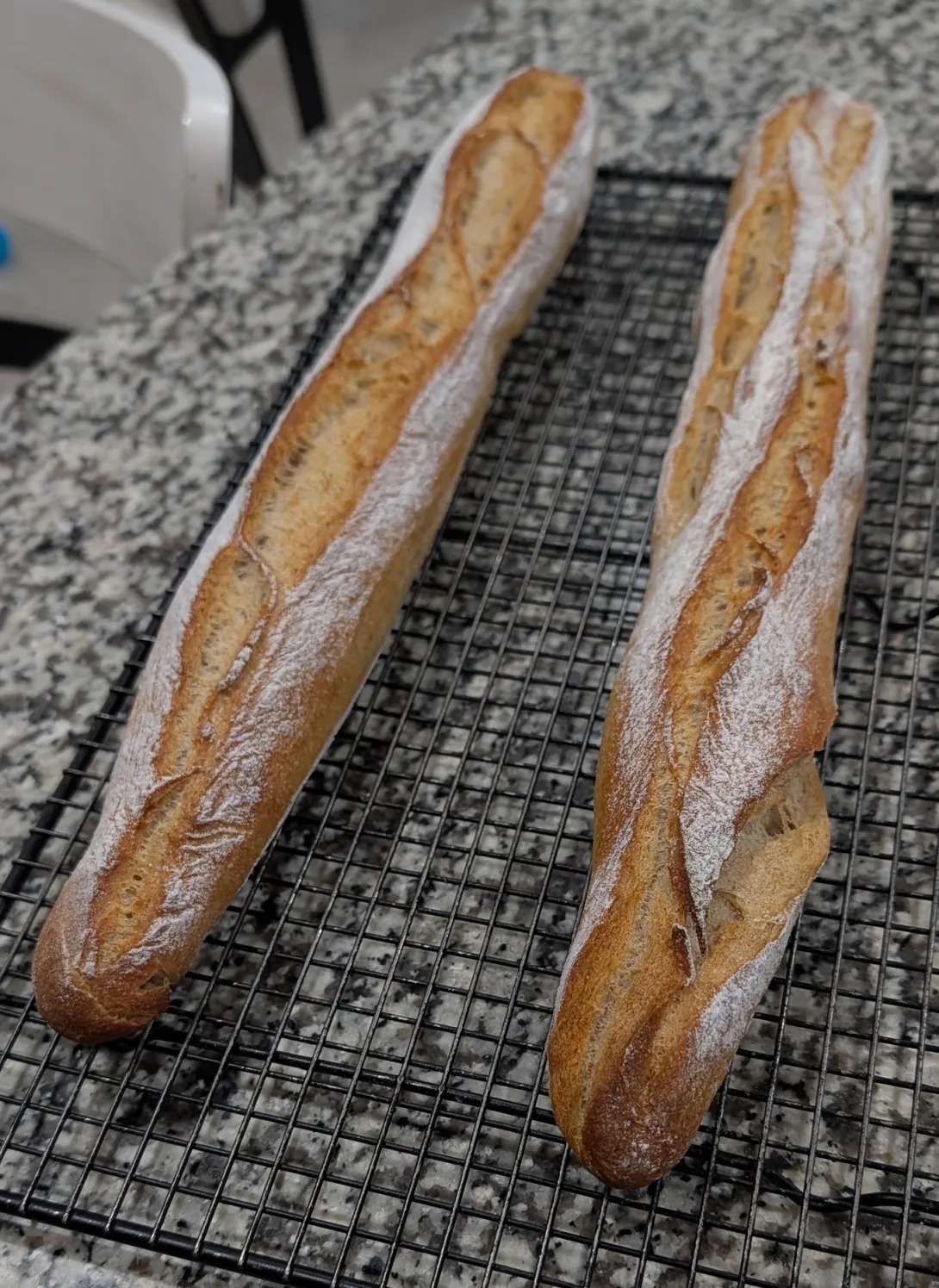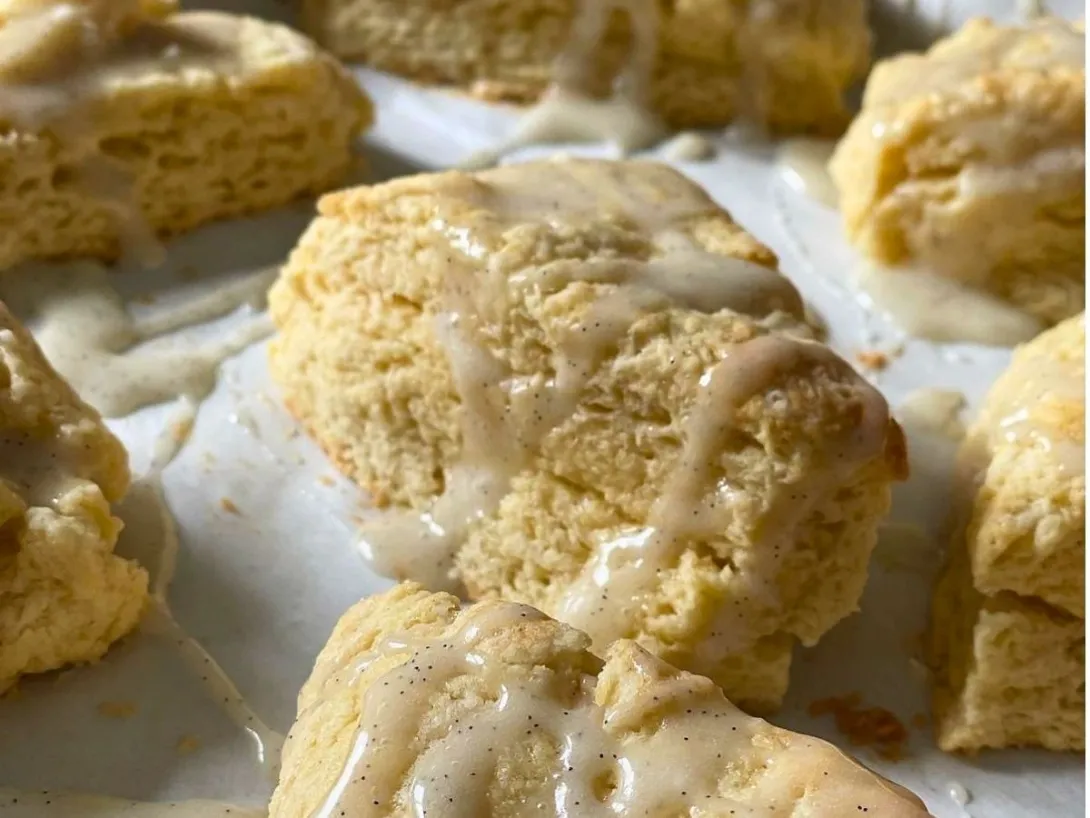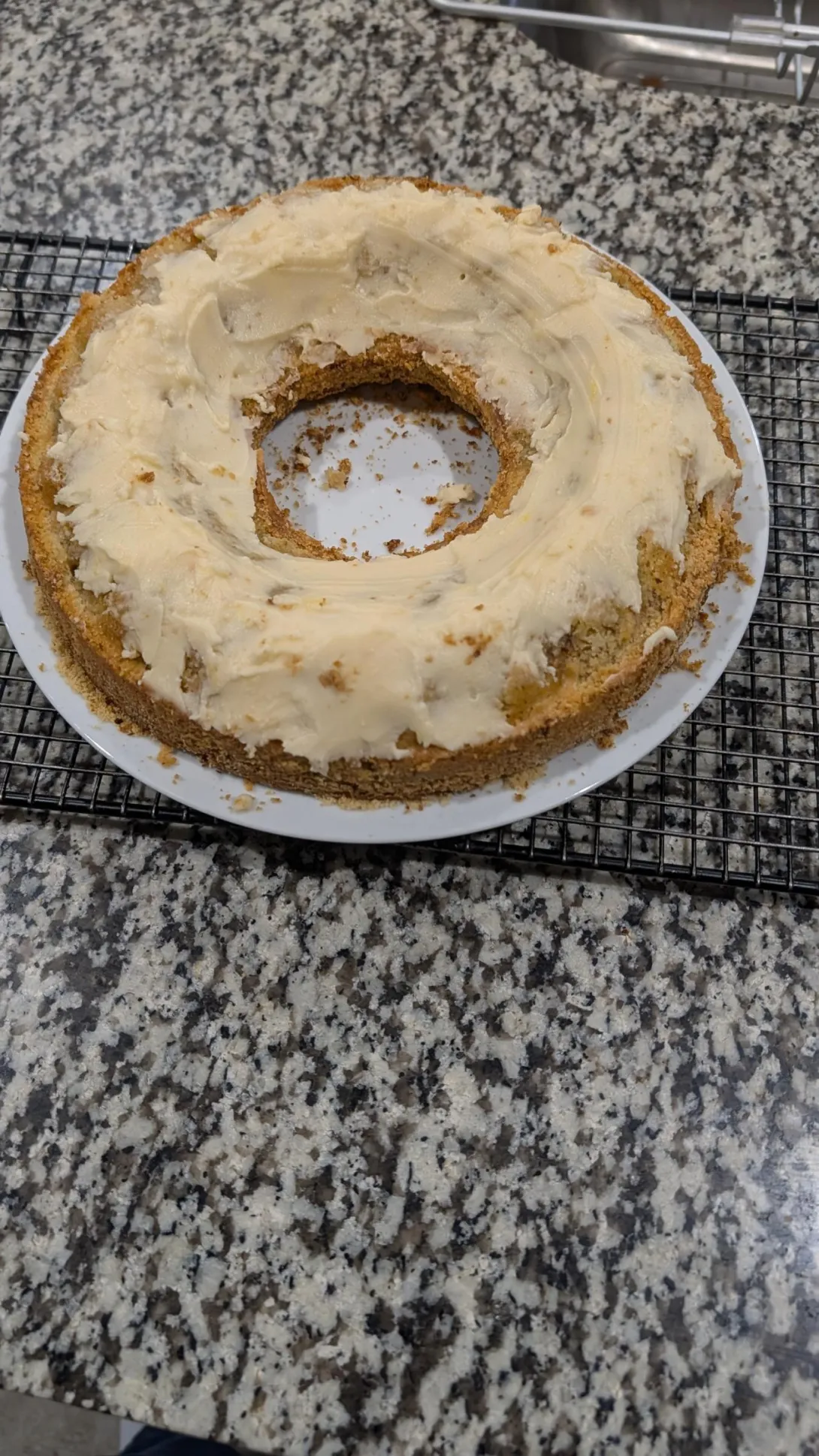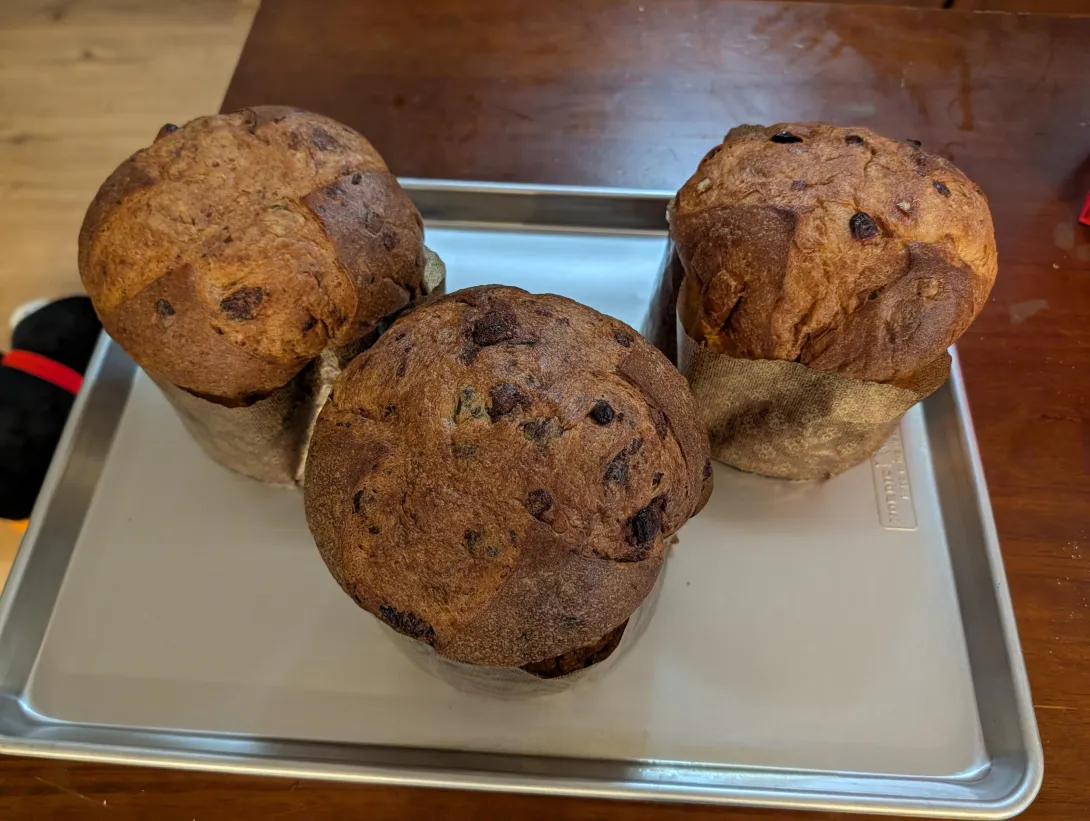"Montanara-Style" Pizza with 00 Flour
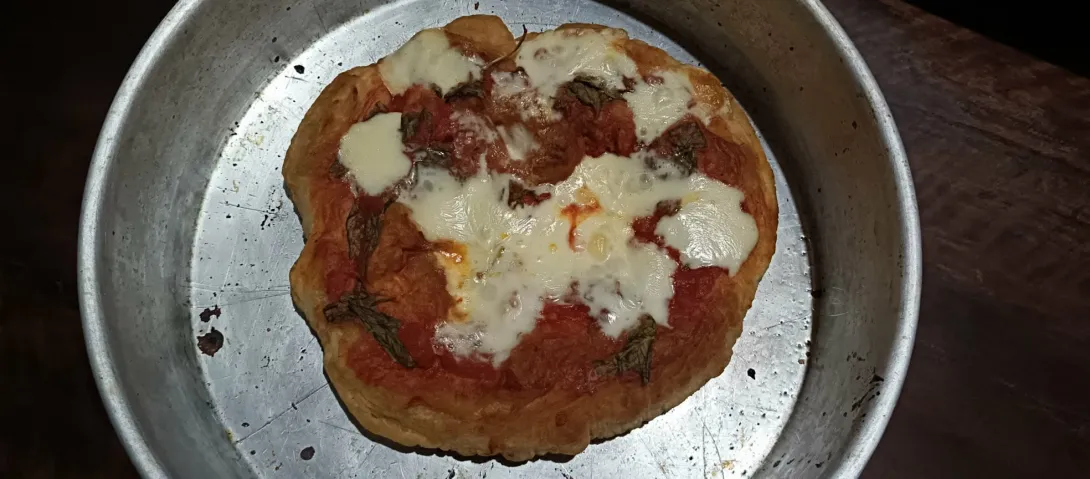
Hi TFLers! It's that time of the year again for my mandatory year-end post. I don't wanna end my streak. :)
This was the pizza that I made earlier this year. I finally got my hands on some real 00 flour used for making Neapolitan Pizza so I was excited to try it. I don't have a wood-fired oven for La Vera Pizza Napoletana so obviously, the next best thing to make is the "other" Neapolitan Pizza which is Pizza Montara. This was very similar to the first one I made here.
- Log in or register to post comments
- 6 comments
- View post
- PalwithnoovenP's Blog
